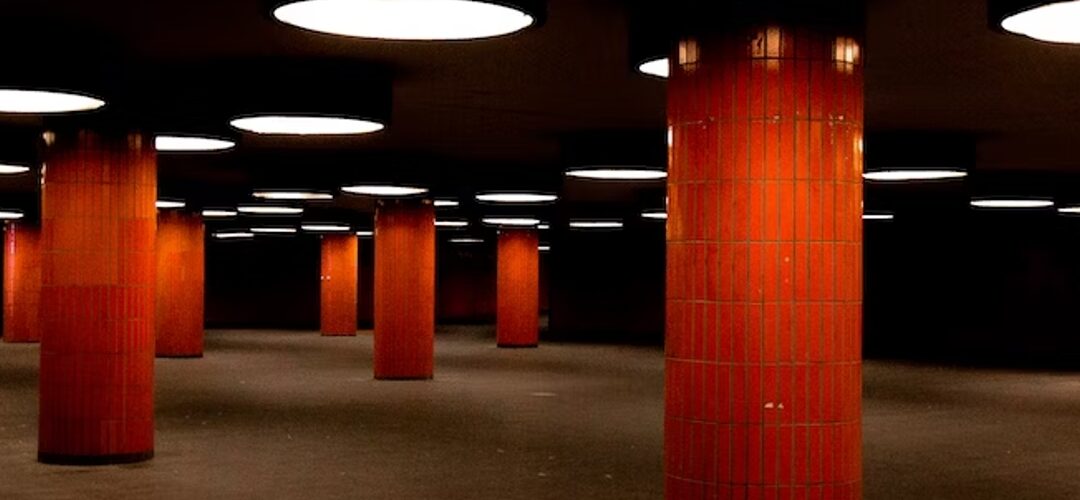The answer is simple for those wondering what a lally column is. Lally columns are steel columns used to provide structural stability to any structure. They are thin, round, and long and contain a hollow space that is sometimes, not always, filled with concrete. This reinforced concrete adds an extra layer of protection and compressive resistance to the structure and prevents the columns from buckling when the load is imposed.
Combining the column with robust concrete gives buildings the necessary support and structural stability. The columns are mainly used vertically in the basements to provide much-needed vertical support. Lally columns provide support to beams or timbers which stretch along long spans.
The benefits of lally columns?
Construction projects require structural support so that they do not buckle or give away that lally columns provide at a very reasonable price. Lally columns also come with ease of use, making them easy to cut and adjust in all kinds of construction projects.
What are some of the weaknesses of using lally columns?
A lally column’s strength and quality of structure will depend on the quality of its steel and concrete mix. Poor-quality materials will lead to quick wear and tear, and humid environments may lead to it getting corroded sooner than later. But, we wouldn’t term these as weaknesses since, for anything the quality with ensure durability, strength, and longevity.
Even with some of these setbacks, lally columns are still popular because the benefits outweigh the drawbacks tremendously. Lally columns are widely used to support wood or steel girders in residential construction. They come in 3, 12, and 4 inches diameters, and Lally columns are constructed from 16 gauge steel tubing.
Concrete was used to fill the space. Lally columns are available in lengths ranging from 6 feet to 12 feet from lumber yards and building material suppliers. Carpenters can readily cut them to the exact length in the field without special tools. The columns come with loose caps and base plates made of 9 gauge steel.
Each cap and base plate has four raised lugs that keep it in place on the column. Predrilled holes enable fastening the plate to the supported girder. Lally columns are only suitable for indoor use, and the thin outside steel shell is highly corrosive. They should never be utilized in a situation where they will be exposed to the elements, persistent wetness, or corrosive chemicals. Columns are used in basements that are prone to flooding.
The bases should be raised on masonry pedestals. Lally column footing is designed to withstand concentric vertical loads, and they are ineffective against lateral loads or flexural stresses. As a result, they should not be utilized in external walls or other applications where they may be subjected to significant lateral loads.
How are lally columns used?
Lally column footings are typically employed as temporary supports while permanent structural components are being built, although they can also be left in place as extra columns. Head and foot plates are typically installed in columns to distribute stresses and prevent the cylinder from gouging into supported timber.
When new buildings are being built, especially when older buildings require structural intervention, temporary supports under floors or beams are frequently installed. The lally column is one of the cheapest, quickest, and most efficient ways to achieve this temporary support. These columns are hollow steel pipes with a large foot plate on the bottom and a height-adjustable mechanism on top. These mechanisms are typically a screw-out portion with a header plate or a set of telescopic inner members that may be drawn out of the outer tube and secured once the required height is reached. A lally column is also inexpensive enough to allow you to trim the outer pipe and reweld the foot.
Heavy duty lally columns come in various sizes, with the shortest being around 12 inches (30 cm) long and the largest being 12 feet (3.6 m) or more in some construction sectors. A lally column’s average adjustment range is around 7 to 7-1/2 feet. (about 2 m).
Conclusion
Therefore if you are looking for ways to add more structural stability to your property, consider installing lally columns. Zavza Seal LLC is a general contracting firm that has been providing exceptional construction-related services for decades. Our experts will have a look at your property, and install lally columns with premium quality materials today!
Related Blog Posts:
- How Long Does the Restoration Process Take for Homes With Water Damage?
- What to Do If Your Home Has Water Damage?
- Signs of Water Damage in the Basement Walls
- Water Damage & Mold: Everything You Need To Know in 2023
- Things You Should Know About Water Damage
- Who Do I Call After My House Has Water Damage Restore?
- What Causes Water Damage to Floors and Walls
Related Services:
Our service areas:
Get A Free Estimate

